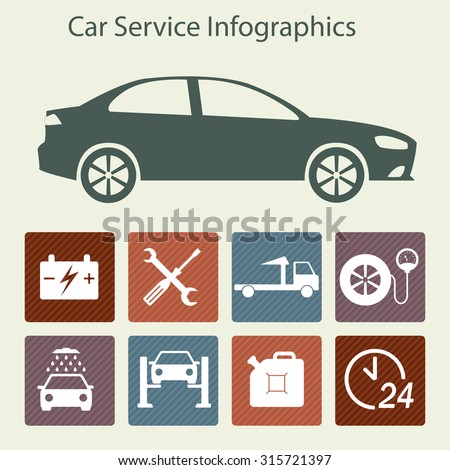Looking For Clearness On The Warning Lights Presented On Your Vehicle'S Dashboard? Find Out Just How They Connect To Your Automobile'S Health And Safety
Looking For Clearness On The Warning Lights Presented On Your Vehicle'S Dashboard? Find Out Just How They Connect To Your Automobile'S Health And Safety
Blog Article
Author-Faulkner Forbes
When you're behind the wheel, those beautiful caution lights on your dashboard can be a little bit puzzling. Do you recognize what they're trying to inform you regarding your automobile's wellness? Comprehending the significance of these lights is vital for your security and the long life of your vehicle. So, the next time one of those lights pops up, would not you wish to understand its message properly and take the necessary actions to address it?
Common Warning Lighting and Interpretations
Recognize usual caution lights in your car and comprehend their definitions to ensure secure driving.
One of the most typical caution lights consist of the check engine light, which signifies concerns with the engine or discharges system. If this light begins, it's important to have your car inspected promptly.
The oil stress warning light indicates low oil stress, requiring instant focus to avoid engine damage.
A blinking battery light might recommend a faulty charging system, possibly leaving you stranded if not resolved.
The tire stress tracking system (TPMS) light notifies you to reduced tire pressure, impacting car stability and gas performance. Ignoring this could result in dangerous driving problems.
The ABS light indicates a problem with the anti-lock braking system, jeopardizing your capability to quit quickly in emergencies.
Last but not least, the coolant temperature advising light warns of engine getting too hot, which can result in serious damages otherwise dealt with swiftly.
Recognizing these typical caution lights will aid you deal with issues promptly and maintain risk-free driving problems.
Value of Prompt Attention
Comprehending the usual caution lights in your vehicle is just the initial step; the relevance of promptly dealing with these cautions can not be emphasized sufficient to guarantee your security on the road.
When a warning light brightens on your dashboard, it's your cars and truck's way of connecting a possible concern that needs attention. Neglecting these warnings can bring about much more extreme troubles later on, jeopardizing your safety and possibly costing you extra in repairs.
Prompt attention to alerting lights can protect against malfunctions and crashes. For example, a flashing check engine light might suggest a misfire that, if left unattended, could create damage to the catalytic converter. Resolving this promptly can conserve you from a pricey fixing.
Likewise, a brake system advising light could signify low brake fluid or used brake pads, essential components for your safety and security when driving.
Do It Yourself Troubleshooting Tips
If you see a caution light on your dashboard, there are a few do it yourself troubleshooting pointers you can try prior to seeking expert assistance.
https://connecticut.news12.com/alert-center-suspects-sought-after-15-buses-damaged-in-east-northport is to consult your car's guidebook to understand what the certain caution light indicates. In some cases the problem can be as easy as a loosened gas cap causing the check engine light. Tightening https://ecu-remapping-near-me62849.techionblog.com/30236285/personal-account-refreshing-my-aging-cars-and-truck-with-a-weekend-detailing-initiative might solve the issue.
One more common problem is a reduced battery, which can set off various warning lights. Examining the battery connections for rust and guaranteeing they're safe may take care of the trouble.
If a caution light lingers, you can try resetting it by detaching the auto's battery for a few minutes and afterwards reconnecting it. Furthermore, inspecting your automobile's fluid levels, such as oil, coolant, and brake liquid, can help fix alerting lights related to these systems.
Verdict
Finally, understanding your cars and truck's caution lights is essential for keeping your vehicle running smoothly and safely. By promptly resolving these notifies and knowing what they mean, you can stay clear of expensive repair work and prospective malfunctions.
Bear in mind to consult your automobile's manual for specific information on each advising light and act accordingly to make sure a hassle-free driving experience.
Remain educated, remain safe when traveling!
